The room was packed with industry veterans, fellow filmmakers, and the kind of creative energy that only emerges when hundreds of storytellers converge with a single purpose: to push independent cinema forward. Our producer partners were pitching my thriller feature film H!DE at Gotham Week, and as I watched the conversations unfold, something became crystal clear: the questions weren’t about budget caps or four-quadrant demographics. They were about character psychology, thematic intention, and the emotional journey we were crafting. This wasn’t about spreadsheets or ROI projections. This was about the story—its emotional core, its daring vision, its ability to transport an audience. As conversations swirled around craft, themes, and creative choices, I realized something profound: Gotham Week celebrates the art of filmmaking in its purest form.
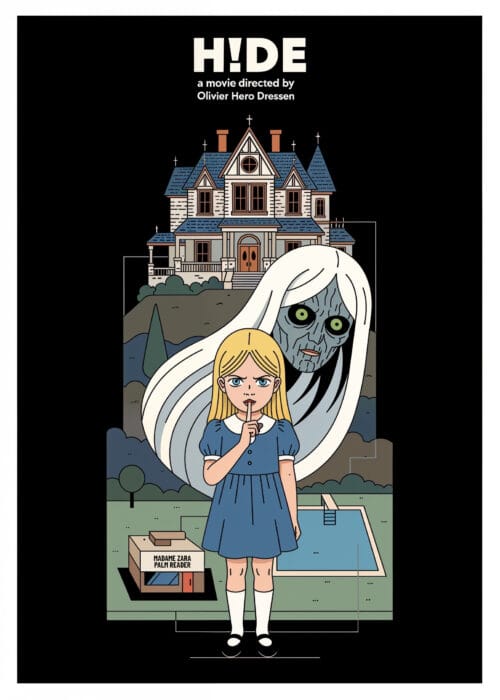
But there’s another path, equally vital yet fundamentally different. A few months earlier, I’d researched Sundance Catalyst—the Park City powerhouse that approaches indie film from the financing side, where polished pitch decks meet investor handshakes, and where the language shifts from “emotional resonance” to “market potential.” Both programs have launched remarkable careers. Both have their champions. Yet they represent two distinct philosophies about how independent films get made, and understanding the difference between them could be the most important decision an emerging filmmaker makes.
This Gotham Week vs Sundance comparison offers crucial insights for filmmakers navigating these two prestigious pathways to indie film success.
Gotham Week: Where Creative DNA Meets Industry Discovery
Gotham Week isn’t just a showcase—it’s a laboratory for bold storytelling. Hosted annually by The Gotham Film & Media Institute in New York, this prestigious event has become synonymous with discovering the next generation of auteurs before they break through. What sets Gotham Week apart is its unwavering commitment to the creative elements that make a project undeniable: high-concept storytelling, profound emotional resonance, and genre-bending craftsmanship that refuses to play by the old rules.
High-Concept Storytelling: The Gotham Signature
At Gotham Week, the projects that rise to the top share a common trait: they possess that elusive “what if” premise that makes industry professionals lean forward in their seats. A high-concept story isn’t about dumbing down—it’s about crystallizing your most compelling idea into a hook that’s both artistically ambitious and instantly graspable. This year’s standouts, like The Ballad of Tita and the Machines, proved that you can blend science fiction with magical realism and still create something immediately accessible. The premise serves as your calling card, but the execution reveals your voice.
This is where the art meets the pitch. Before you ever step foot in a Gotham Week screening room, your concept needs to be bulletproof. Modern filmmakers have new tools at their disposal to visualize these bold ideas early in development. Using generative AI to create proof-of-concept imagery can be transformative, something we explore in depth in our Midjourney Mastery Guide. The ability to show—not just tell—your vision is increasingly crucial in a world where attention spans are short and competition is fierce.
Emotional Resonance: The Soul of Gotham Projects
But here’s what truly defines Gotham Week: while the concept opens the door, emotional depth is what makes industry professionals want to champion your project. Films like The Poem—an intimate exploration of grief and human connection—demonstrate that Gotham isn’t chasing spectacle for its own sake. The program values stories that tap into universal human experiences: loss, identity, love, redemption. These are the projects that echo the quiet power of Past Lives or the raw authenticity of Aftersun.
Watching our producer partners pitch H!DE at Gotham Week, I saw firsthand how the questions focused on what truly mattered—character motivation, thematic intention, and the emotional journey we were guiding audiences through. This is the Gotham Way: trust the story first, and the rest will follow. For writers developing their projects, AI-powered brainstorming can help explore these emotional depths, as outlined in our Filmmaking AI Workflows guide.
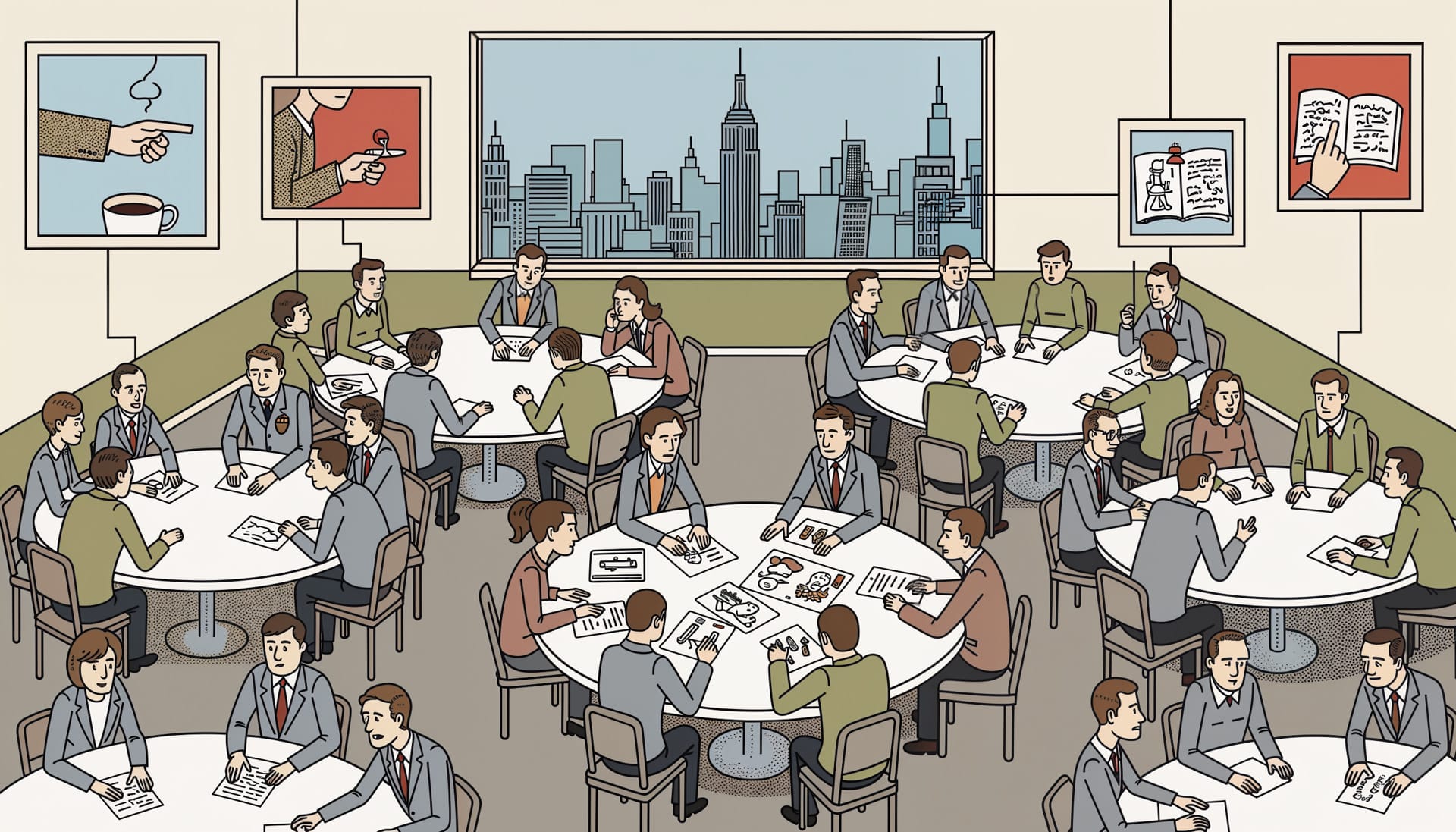
Genre-Bending Craftsmanship: The Future Is Fluid
The third pillar of Gotham Week’s creative DNA is its celebration of filmmakers who refuse to color inside the lines. Projects like The Camford Experiment—which fuses psychological thriller, science fiction, and biting social commentary—exemplify the kind of ambitious genre-blending that Gotham actively seeks out. This approach signals authorial confidence and a willingness to create something genuinely new, rather than simply executing a proven formula.
Building these unique cinematic worlds requires meticulous visual development, and this is where tools like AI Render Pro become invaluable. The ability to rapidly prototype the aesthetic of your universe—defining its look, feel, and internal logic—long before production begins can be the difference between a vague pitch and a fully realized vision that makes producers say “yes.”
Sundance Catalyst: The Investor’s Path to Production
Where Gotham Week is a creative showcase, Sundance Catalyst operates more like a high-powered financing intensive. Held in Park City during the Sundance Film Festival, Catalyst brings together filmmakers with serious projects in development and the investors, sales agents, and distributors who have the power to greenlight them. This is where polished pitch decks meet term sheets, where market analysis carries as much weight as artistic vision.
The Pitch Deck Is Your Currency
At Sundance Catalyst, your project needs to be presentation-ready in a way that goes beyond the script. Participants are expected to arrive with comprehensive pitch materials: detailed budgets, comparable titles with their box office performance, distribution strategies, and clear ROI projections. The emphasis is on de-risking the investment for potential backers. Your creative vision matters, but it must be packaged within a framework that speaks the language of film finance.
This means your preparation focuses on different skills: financial modeling, market research, and the ability to articulate why your film isn’t just great art but also a sound business proposition. The meetings at Catalyst are often one-on-one or small group sessions where you’re expected to deliver a confident, numbers-backed pitch to decision-makers who can write checks on the spot.
Relationship Building With Industry Power Players
Sundance Catalyst excels at creating intimate networking opportunities with the specific people who can move your project forward. Unlike the broader creative community at Gotham Week, Catalyst curates a more focused group of participants—typically filmmakers with projects at a later stage of development who are ready for serious investment conversations. The program facilitates introductions to producers, equity financiers, sales agents, and distributors who have a track record of closing deals.
Success at Catalyst often hinges on your ability to build genuine relationships in high-pressure settings. A strong pitch can open the door, but it’s the follow-up conversations over coffee, the late-night strategy sessions, and the mutual trust built over the festival’s duration that often lead to actual financing commitments. This is less about winning over a room of your peers and more about convincing one or two key players that you’re the filmmaker they want to bet on.
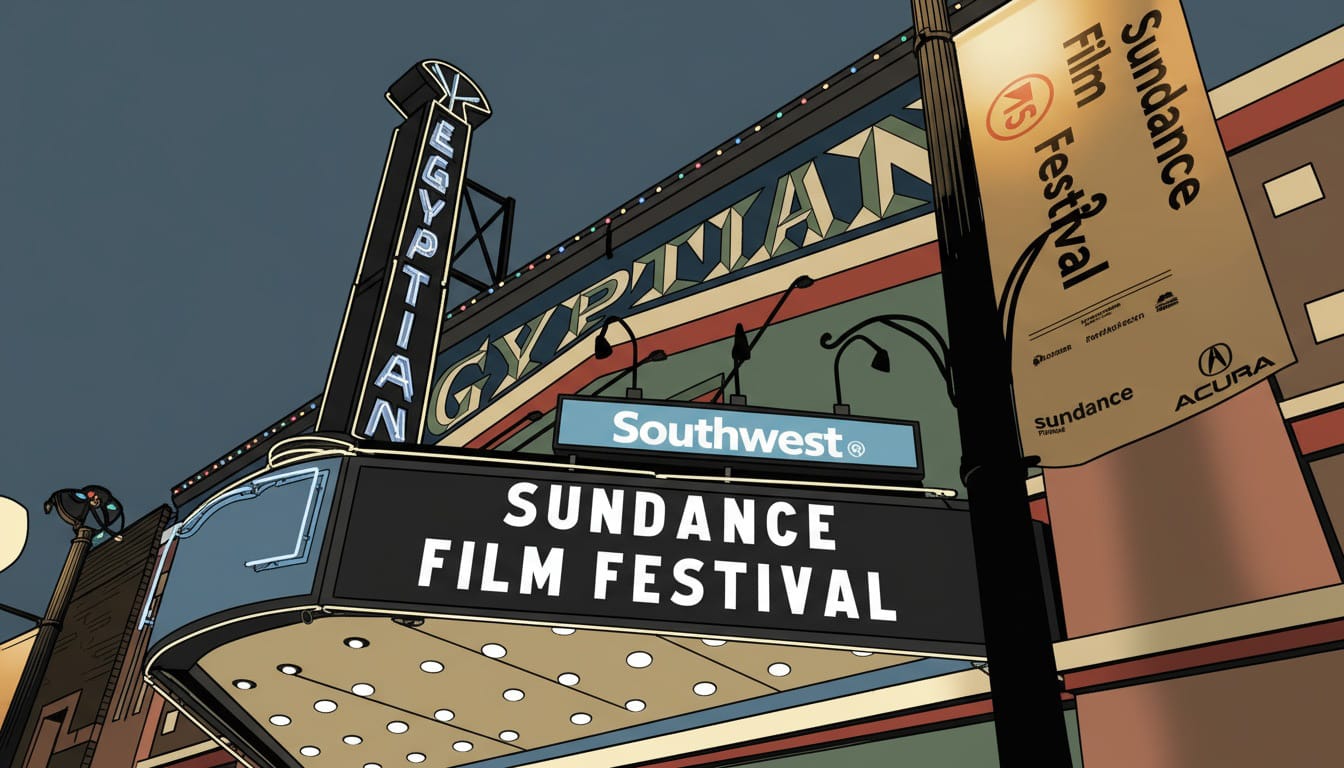
Market-Ready Projects Get Prioritized
While Gotham Week can embrace wildly experimental or deeply personal projects that might take years to find their audience, Sundance Catalyst tends to favor films with clearer paths to market. This doesn’t mean commercial sell-outs—plenty of challenging, artistically ambitious films get financed through Catalyst—but there’s an expectation that you can articulate who your audience is, how you’ll reach them, and what the realistic revenue projections look like.
Projects with attachments (name actors, known producers, pre-sales agreements) have a significant advantage here. The program assumes you’re past the “is this a good story?” phase and firmly in the “how do we get this made?” stage. This focus on market readiness makes Catalyst an ideal next step for filmmakers who’ve already validated their creative vision and are ready to tackle the business side of production.
Key Differences and Surprising Similarities
Understanding the Gotham Week vs Sundance dynamic is essential for choosing the right path for your project. While both programs serve the independent film community, they approach career acceleration from fundamentally different angles.
Where They Diverge
- Creative vs. Financing Focus: Gotham Week prioritizes storytelling craft, unique voices, and creative innovation. Your success is measured by the quality of your vision and execution. Sundance Catalyst prioritizes financial viability and market positioning. Your success is measured by your ability to secure commitments and build production partnerships.
- Stage of Development: Gotham Week welcomes projects at earlier stages—strong concepts with solid scripts but perhaps without full financing in place. Sundance Catalyst typically requires more developed projects with clear budgets, key attachments, and immediate production potential.
- Scale and Intimacy: Gotham Week features larger audiences, public screenings, and a broader community of filmmakers at various career stages. Sundance Catalyst offers smaller, curated cohorts with targeted meetings and a more intensive, mentor-driven experience.
- Geographic Identity: Gotham Week embodies New York’s scrappy, independent film spirit—it’s about hustle, creativity, and finding your tribe in the city that never sleeps. Sundance Catalyst carries the prestige of Park City and the Sundance brand, with all the institutional credibility and Hollywood access that implies.
- Post-Event Outcomes: Gotham Week often leads to creative partnerships, mentorship opportunities, festival selections, and the kind of industry buzz that builds over time. Catalyst frequently results in more immediate, tangible outcomes: financing commitments, distribution deals, and production timelines.
Where They Align
- Career Acceleration: Both programs have proven track records of launching careers and getting films made. The alumni of both include Oscar nominees, festival darlings, and filmmakers who’ve gone on to major studio deals.
- Selectivity as Quality Signal: Being accepted to either program is a significant achievement that validates your project. Industry professionals pay attention to these selections, and the badge of participation carries weight in subsequent pitches and applications.
- Community Over Competition: Despite different approaches, both programs foster genuine community among participants. The filmmakers you meet become collaborators, sounding boards, and lifelong colleagues regardless of which program you attend.
- Preparation Is Everything: Success at either program requires months of preparation. Whether you’re perfecting your script for Gotham or building your financial models for Catalyst, showing up ready separates those who make real progress from those who simply attend.
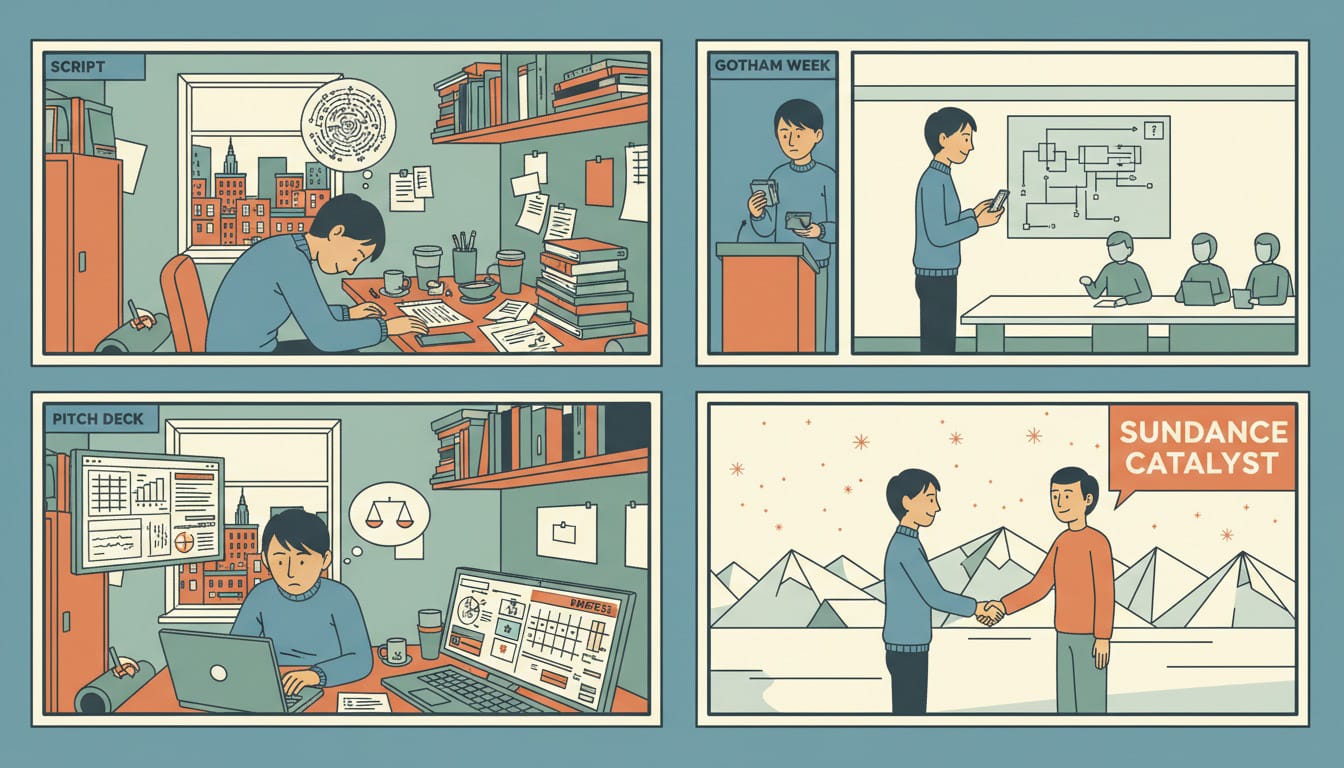
Choosing Your Path: Which Program Is Right for You?
The Gotham Week vs Sundance Catalyst decision ultimately depends on where your project is in its development journey and what kind of support you need most urgently.
Choose Gotham Week If:
- Your project is in the script or early development phase and you’re still refining the creative vision
- You’re seeking creative feedback, mentorship, and validation from fellow artists and industry tastemakers
- You want to build your network within the independent film community and find potential creative collaborators
- Your film takes creative risks or defies easy categorization, and you need champions who value innovation over proven formulas
- You’re based in or drawn to the New York independent film scene
- You want public exposure for your work through screenings and panels, building buzz organically
Choose Sundance Catalyst If:
- Your project is fully developed with a polished script, detailed budget, and clear production plan
- You’ve already secured some financing or key attachments and need additional investment to reach your budget
- You’re comfortable discussing financial projections, market positioning, and distribution strategies
- You need direct access to investors, sales agents, and distributors who can commit resources immediately
- You’re ready to move into production within the next 12-18 months and need to close your financing gap
- You thrive in smaller, more intensive mentorship environments rather than large public showcases
The Sequential Strategy
Here’s the insider secret: these programs aren’t mutually exclusive. Many successful filmmakers use Gotham Week as a creative proving ground in the early stages, leveraging the feedback and industry attention to strengthen their project. Then, once the script is locked, the team is assembled, and the budget is refined, they pivot to Sundance Catalyst to secure the financing that gets them into production. This sequential approach allows you to benefit from both the creative development resources of Gotham and the financing firepower of Catalyst.
Think of it as a two-stage rocket: Gotham Week launches your project into the stratosphere of creative legitimacy, and Sundance Catalyst provides the second-stage boost that propels you into actual production orbit. The filmmakers who understand this strategic sequencing often have a significant advantage over those who try to tackle both the creative and financial challenges simultaneously.
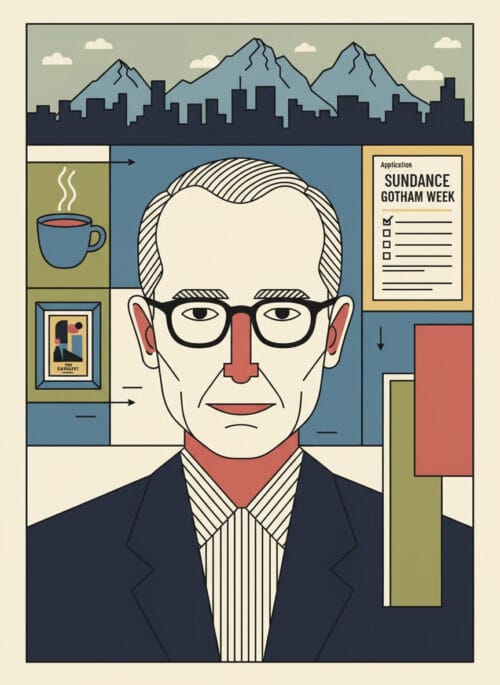
Resources for Your Filmmaking Journey
Whether you’re preparing for Gotham Week or Sundance Catalyst, having the right tools to visualize and communicate your vision is essential. Here are resources to help you bring your project to life:
- Craft your own high-concept worlds and characters with our Midjourney Mastery Guide.
- Learn how to integrate new technologies into your writing process with these Filmmaking AI Workflows.
- Bring your visual ideas to life and create a stunning pitch deck using AI Render Pro.
Conclusion: Two Complementary Routes to the Same Destination
Watching our producer partners pitch H!DE at Gotham Week, surrounded by the creative electricity of hundreds of passionate filmmakers, I understood viscerally what this program offers: validation of your artistic vision, connection with kindred spirits, and the confidence that comes from industry professionals engaging seriously with your work. It was about the story first, always the story.
But I also knew that our creative vision, however bold, needed a different kind of support to make it from script to screen. That’s where programs like Sundance Catalyst enter the picture—not as a replacement for the creative development work, but as a necessary complement. The meetings, the pitch decks, the financial models—these aren’t concessions to commercialism but rather the pragmatic tools that allow uncompromising artistic visions to actually get made.
The independent film landscape is more challenging than ever, but it’s also richer with opportunity. The Gotham Week vs Sundance debate isn’t about choosing the “better” program—both represent essential philosophies: one that nurtures creative excellence and another that facilitates the business of bringing that excellence to audiences. The filmmakers who thrive are those who recognize that both paths are valuable, that artistry and pragmatism aren’t enemies but partners.
Whether you’re crafting your high-concept premise for Gotham Week or polishing your pitch deck for Sundance Catalyst, remember that the tools of modern filmmaking have never been more accessible. From AI Render Pro for visualizing your unique world to AI-powered concept art that brings your vision to life, the technology exists to support your creative ambitions at every stage. The question isn’t whether you have the tools—it’s whether you have the courage to use them in service of a story only you can tell.
So choose your path—or better yet, choose both, in sequence. Trust the process. Trust your vision. And trust that in a world hungry for authentic storytelling, there are programs designed to help you succeed, whether your next step is a creative showcase in New York or a financing intensive in Park City. Your film is waiting to be made. These programs are here to help you make it happen.

FAQ
What is Gotham Week?
Gotham Week is an annual event hosted by The Gotham Film & Media Institute in New York. It’s a prestigious marketplace and showcase for film and series projects in development, focusing on creative excellence and connecting emerging filmmakers with industry professionals, producers, and potential collaborators. The program emphasizes storytelling craft, unique voices, and innovative approaches to filmmaking.
What is Sundance Catalyst?
Sundance Catalyst is a financing-focused intensive program held during the Sundance Film Festival in Park City, Utah. It brings together filmmakers with projects ready for production and connects them with investors, equity financiers, sales agents, and distributors. The program emphasizes market readiness, financial viability, and building relationships with industry power players who can greenlight projects.
Can I apply to both Gotham Week and Sundance Catalyst?
Absolutely. Many filmmakers strategically participate in both programs, often attending Gotham Week during earlier development stages to refine their creative vision and build industry relationships, then moving to Sundance Catalyst once their project is more developed and ready for financing. The programs serve complementary purposes and can be powerful when used sequentially.
What stage should my project be at for each program?
For Gotham Week, your project can be at an earlier stage—typically you need a strong script and a compelling vision, but full financing and all attachments aren’t necessary. For Sundance Catalyst, projects should be more developed with polished scripts, detailed budgets, clear production plans, and ideally some key attachments or partial financing already secured. Catalyst expects you’re ready to move into production within 12-18 months.
How competitive are these programs?
Both programs are highly selective. Gotham Week receives hundreds of applications and accepts a curated selection of projects that demonstrate exceptional creative merit. Sundance Catalyst, being more intensive and focused on near-production projects, accepts an even smaller cohort. Acceptance to either program is a significant achievement that validates your project’s potential and opens doors within the industry.
Discover more from Olivier Hero Dressen Blog: Filmmaking & Creative Tech
Subscribe to get the latest posts sent to your email.

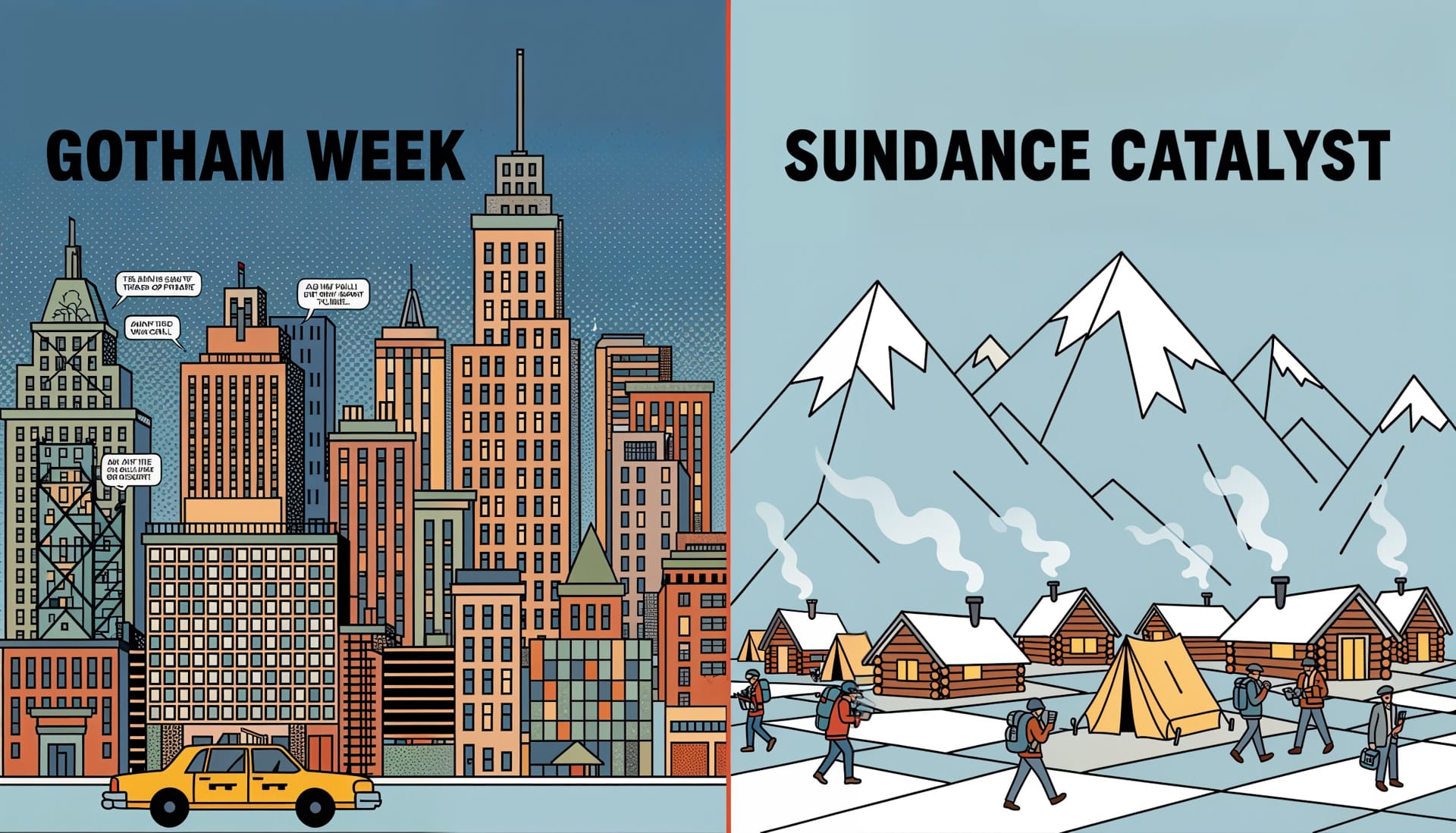



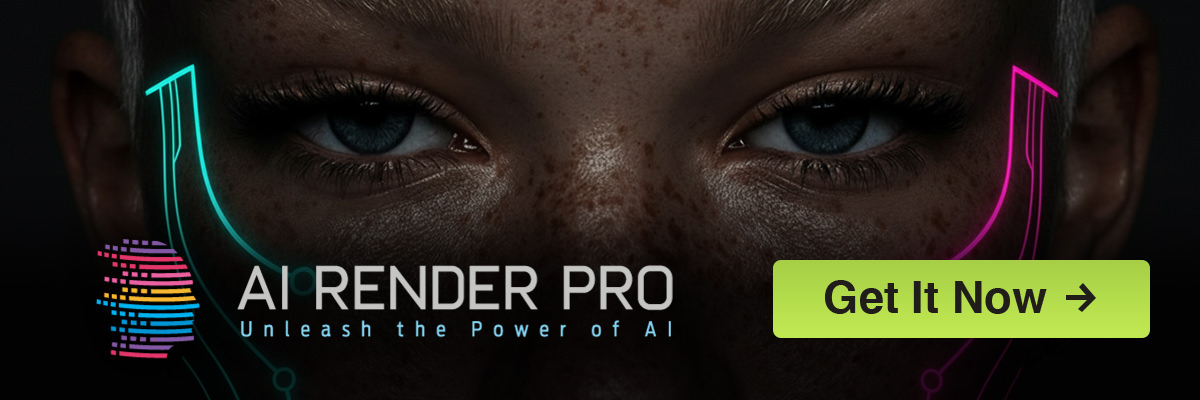

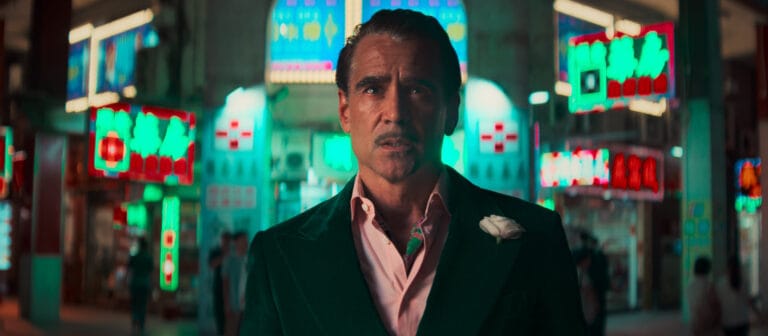

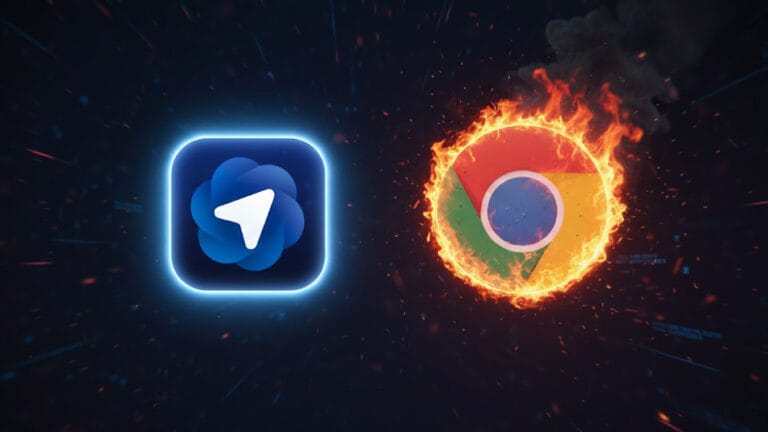




[…] Indie film powerhouse Neon has acquired the rights to ‘Sheep in the Box,’ the highly anticipated next feature from Japanese master Hirokazu Kore-eda, for the U.S., U.K., and Australia. […]